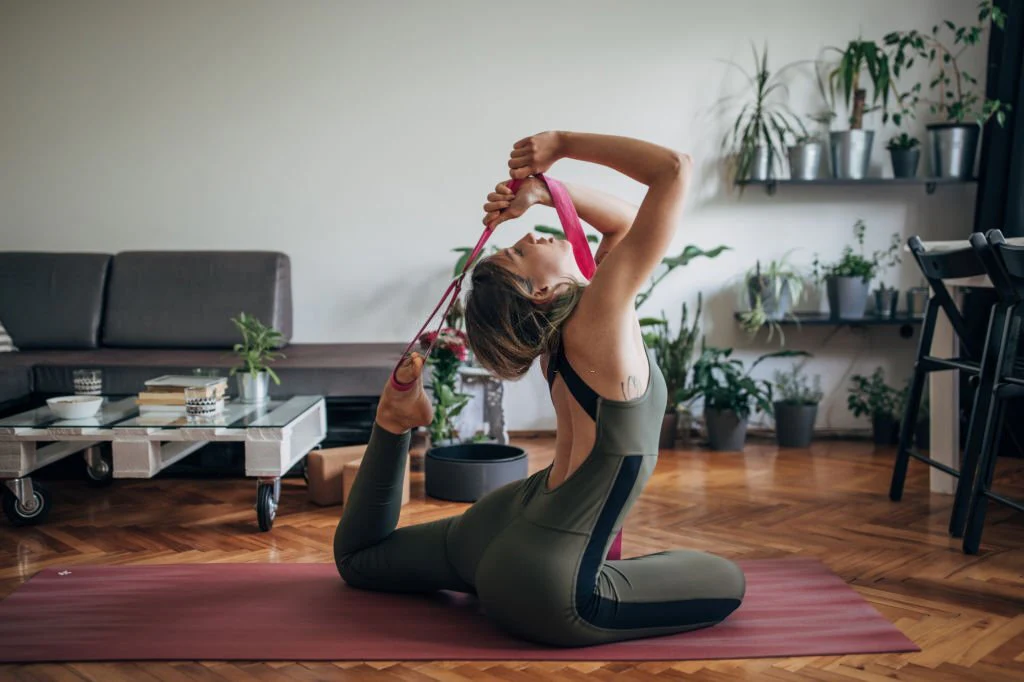For startups, establishing a strong brand and a compelling online presence is crucial for long-term success. In the highly competitive market, the way you present your business can significantly impact customer perceptions, engagement, and loyalty. Focusing on Branding and Website Design for Startups can provide a solid foundation for attracting and retaining customers. This blog will explore the essential elements of branding and website design and how startups can effectively implement these strategies to build a robust brand identity and an engaging digital presence.
1. The Importance of Branding for Startups
Defining Your Brand Identity
Brand identity is the unique set of visual and verbal elements that differentiate your business from competitors. This includes your logo, color scheme, typography, and messaging. For startups, defining a clear brand identity is critical as it communicates who you are, what you stand for, and how you want to be perceived by your target audience. A strong brand identity builds trust and credibility, which are essential for attracting customers and fostering loyalty.

Understanding Your Target Audience
Effective branding starts with a deep understanding of your target audience. Identify who your potential customers are, their needs, preferences, and pain points. Creating detailed buyer personas can help you tailor your branding efforts to resonate with your audience. Understanding your audience ensures that your branding efforts are aligned with their expectations and preferences, making your brand more appealing and relatable.
Crafting a Compelling Brand Story
A compelling brand story humanizes your business and creates an emotional connection with your audience. Your brand story should convey your mission, values, and the journey of your startup. Highlight what makes your startup unique and why you are passionate about what you do. A well-crafted brand story can differentiate your startup in the market and inspire customer loyalty.
2. Key Elements of Effective Branding for Startups
Logo Design
Your logo is the face of your brand and often the first impression customers have of your business. It should be simple, memorable, and reflective of your brand’s personality. Consider hiring a professional designer to create a unique logo that stands out and leaves a lasting impression.
Color Palette
Colors evoke emotions and can influence customer perceptions. Choose a color palette that aligns with your brand’s personality and appeals to your target audience. For example, blue often conveys trust and professionalism, while red can evoke excitement and energy. Consistent use of your color palette across all branding materials helps reinforce your brand identity.

Typography
Typography is another critical element of your brand identity. Select fonts that complement your logo and overall design aesthetic. Your typography should be easy to read and reflect the tone of your brand. Consistent use of fonts across your website, marketing materials, and social media enhances brand recognition.

Brand Voice and Messaging
Your brand voice and messaging should convey your brand’s personality and values. Whether your tone is professional, friendly, or quirky, it should be consistent across all communication channels. Develop key messaging that highlights your unique selling propositions and resonates with your audience. Consistent messaging builds trust and helps establish a strong brand identity.
3. The Role of Website Design in Branding
First Impressions Matter
Your website is often the first interaction potential customers have with your brand. An aesthetically pleasing and user-friendly website can make a positive first impression and encourage visitors to explore further. Conversely, a poorly designed website can drive visitors away and damage your brand’s credibility.
User Experience (UX) Design
User experience design focuses on creating a website that is easy to navigate and provides a seamless experience for visitors. A well-designed website should have a clear structure, intuitive navigation, and fast load times. Ensure that your website is mobile-friendly, as a significant portion of web traffic comes from mobile devices. A positive user experience keeps visitors engaged and increases the likelihood of conversion.
Visual Consistency
Visual consistency across your website reinforces your brand identity. Use your brand’s color palette, typography, and imagery consistently throughout your site. This creates a cohesive and professional appearance that strengthens brand recognition. Consistent visuals also enhance the overall user experience by providing a unified and aesthetically pleasing design.
High-Quality Content
Content is a crucial component of your website that influences how visitors perceive your brand. High-quality, informative, and engaging content can establish your startup as an authority in your industry. Use your brand voice consistently across all content, whether it’s blog posts, product descriptions, or landing pages. Incorporate relevant keywords to improve your site’s SEO and attract organic traffic.
Calls-to-Action (CTAs)
Effective calls-to-action guide visitors towards taking desired actions, such as signing up for a newsletter, downloading a resource, or making a purchase. Your CTAs should be clear, compelling, and strategically placed throughout your website. Use contrasting colors and persuasive language to make your CTAs stand out and encourage conversions.
4. Implementing Branding and Website Design for Startups
Hiring Professional Help
For startups, investing in professional branding and website design services can be a wise decision. Experienced designers and branding experts can help you create a strong brand identity and a high-quality website that sets you apart from competitors. Look for agencies or freelancers with a proven track record of working with startups and delivering successful results.
DIY Branding and Website Design
If hiring professionals is not within your budget, there are several tools and resources available to help you create your brand identity and design your website. Platforms like Canva and Adobe Spark offer easy-to-use tools for creating logos, social media graphics, and other branding materials. Website builders like Wix, Squarespace, and WordPress provide templates and drag-and-drop functionality for building your website without coding knowledge.
Testing and Iterating
Branding and website design are not one-time tasks. It’s essential to continuously test and refine your efforts based on user feedback and performance data. Use analytics tools to track key metrics such as website traffic, bounce rates, and conversion rates. Conduct A/B testing to compare different design elements and identify what works best for your audience. Regularly updating and optimizing your branding and website design ensures that they remain effective and relevant.
5. Leveraging Branding and Website Design for Marketing
Integrating Branding with Marketing Campaigns
Your branding efforts should be integrated across all marketing campaigns to ensure consistency and reinforce your brand identity. Whether you’re running social media ads, email marketing campaigns, or content marketing initiatives, use your brand’s visual and verbal elements consistently. This creates a cohesive brand experience and strengthens brand recognition.
Utilizing Social Media
Social media platforms are powerful tools for promoting your brand and driving traffic to your website. Share content that reflects your brand’s personality and engages your audience. Use your brand’s color palette, typography, and messaging consistently across all social media channels. Engaging with your audience and participating in conversations helps build a loyal community and enhances your brand’s visibility.
SEO and Content Marketing
Search engine optimization (SEO) and content marketing are essential for driving organic traffic to your website. Create high-quality content that addresses your audience’s needs and incorporates relevant keywords. Conduct an SEO site audit online to identify and fix any issues that may be affecting your site’s performance. Regularly publishing valuable content and optimizing your site for search engines can significantly boost your visibility and attract more visitors.
Conclusion
Branding and Website Design for Startups are critical components of building a successful business. A strong brand identity and a well-designed website create a positive first impression, build trust, and engage your audience. By focusing on defining your brand, creating a compelling online presence, and integrating your branding efforts with your marketing strategies, you can establish a solid foundation for growth and success. Whether you choose to hire professionals or leverage DIY tools, the key is to remain consistent, test and iterate, and continuously optimize your efforts to stay ahead in the competitive market.





